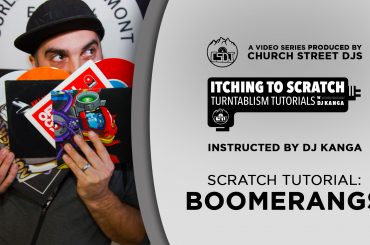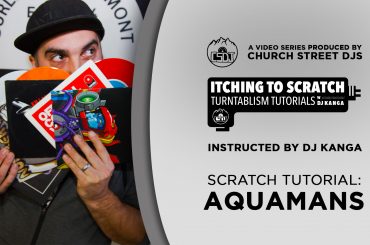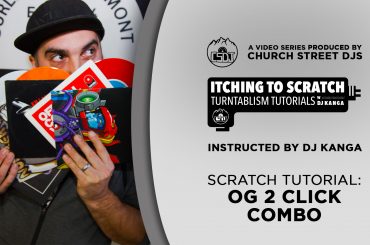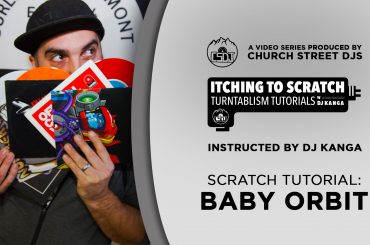Still buzzing off the release of their much-anticipated anthology album A Matter Of Perspective on bitbird which served as a cohesive offering featuring their previous three EPs together with seven new track, DROELOE has taken the time to share their 5 ways to improve your music production.
Known for a discography filled with emotionally charged electronic gems, the Dutch talents look to help producers continue to hone their craft with these five studio tips. Check them out below and enjoy!
1. It helps me a lot to think about a mix as if it is a room that I have to decorate.
If I put too much or too little in one spot the room feels off, so in terms of panning, levels, and frequency every element needs to have a specific place and functionality in how it ties the rest of the room together. For instance, it sometimes helps to put in a rug to create more cohesion between the couch and the tv. similarly in a mix, adding a little bit of reverb to both elements together, masking them with some noise, slightly distorting them together, or even adding an element that complements both could help to tie the “room” together.
2. If you get the feeling that an element that you just added needs a lot of mixing for it to work in the mix, chances are it’s not the best element to add.
This to me is especially important when looking for or recording percussion samples. I’ve found that if I spend a little more time curating the samples and sounds that I use for a track, the mixing process will feel way more rewarding. A nice analogy for this is the concept of GIGO in software development.
3. Try to stay aware of the routines you developed when starting a new track. personally, I often try to start a new song in a way I haven’t done before, or at least I try to keep switching it up. I do this because it gives more room for happy accidents to occur and it helps me to become more versatile and to think out of the box. Apart from that, it prevents me from becoming complacent, helps me to break patterns when it comes to working in a genre, and generally, it makes the process more fun for me. if you’re used to working with a DAW, pick up an instrument. if you already do both, try to start a track in some weird music app, for instance, Chordbot is an app that I can highly recommend in that regard.
4. Often go for walks when working on a new song and bring a notebook.
Thinking and writing down what I would change in the DAW while I’m on a walk, or at least away from my computer, helps me to become more aware of why I would change things in a certain way. because your notes stay pretty hypothetical, chances are that you come up with more than one “hypothetical solution” to what you think needs to be changed, instead of just impulsively going with the first solution that works when just trying some stuff right away.
5. Work vertically first and then horizontally
In my arrangement window, I often create a lot of elements on top of each other, muting some and creating more layers on top of that what remains. I repeat that process often, taking away the bass progression but leaving the melody to create a new bassline which puts the melody in a different harmonic context, for instance, muting that, doing it the other way around, etc. at some point you have a lot of building blocks with which it will be way easier to start arranging horizontally.
To check out production tips, click here.
DJ Times Magazine is copyright © 2020 by DJ Publishing, Inc. www.djtimes.com


![[Exclusive] DROELOE Shares 5 Ways To Improve Your Music Production DROELOE 2020](https://www.djtimes.com/wp-content/uploads/2020/12/exclusive-droeloe-5-ways-to-improve-your-music-production-dj-times-770x515.jpg)





